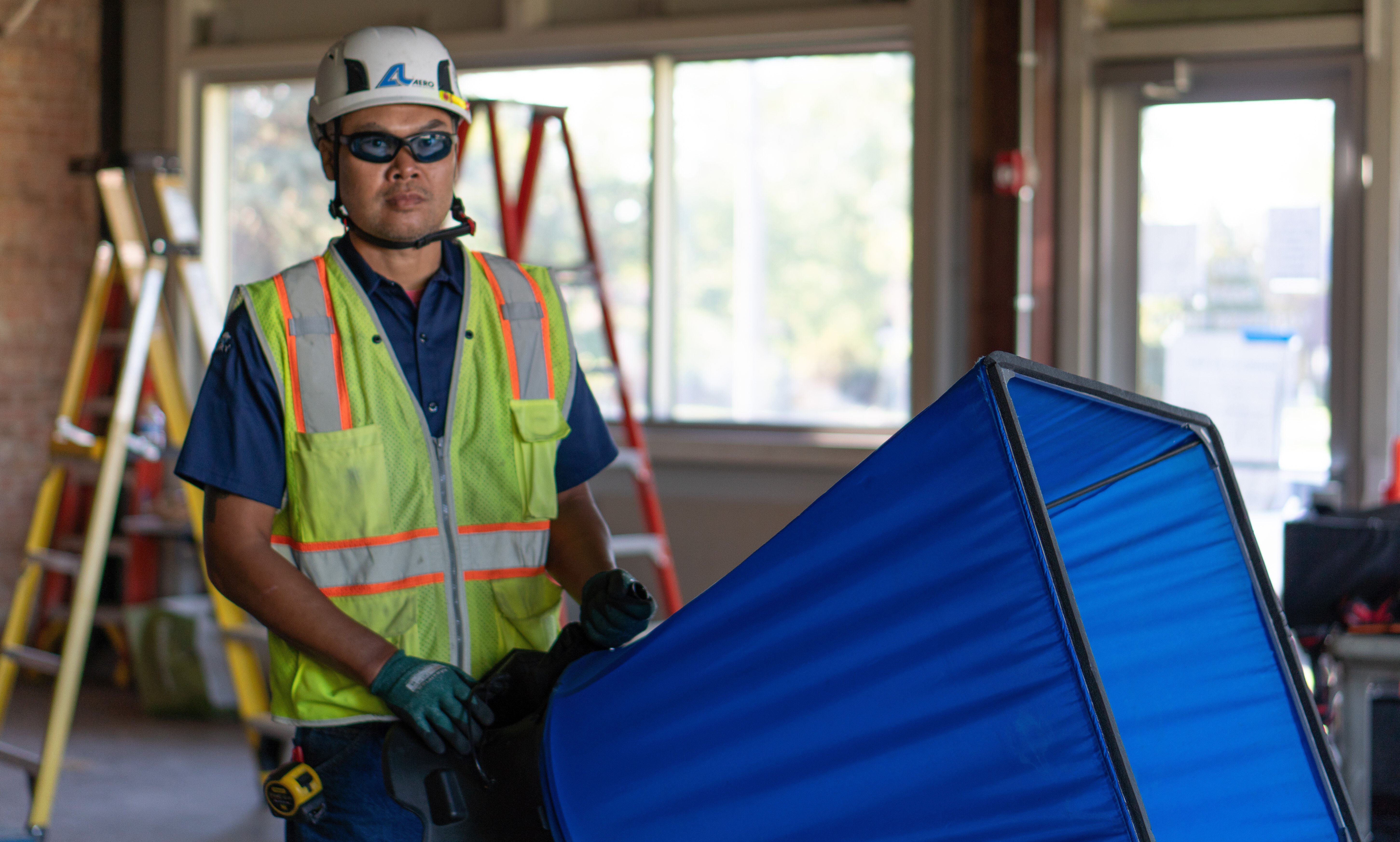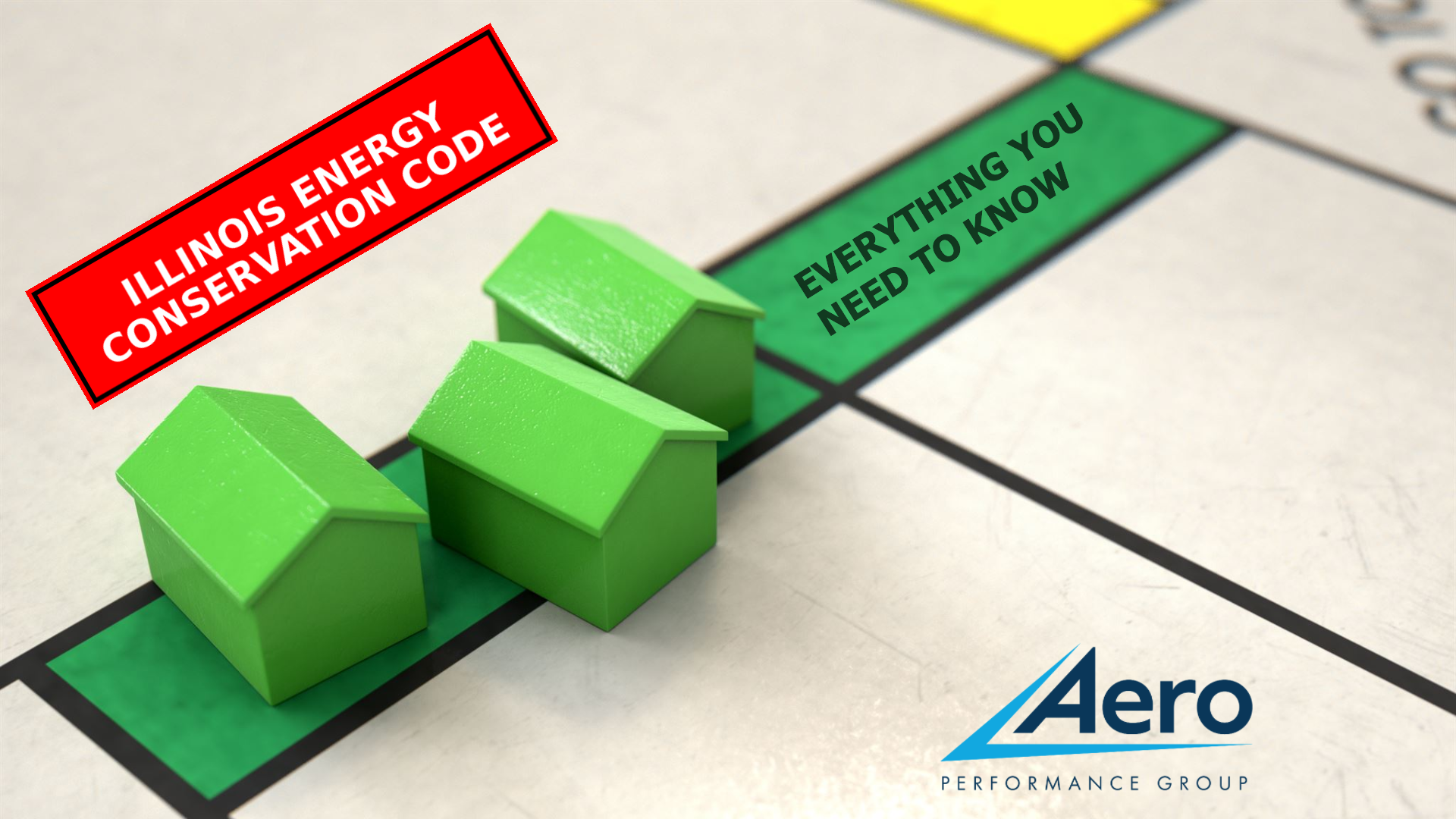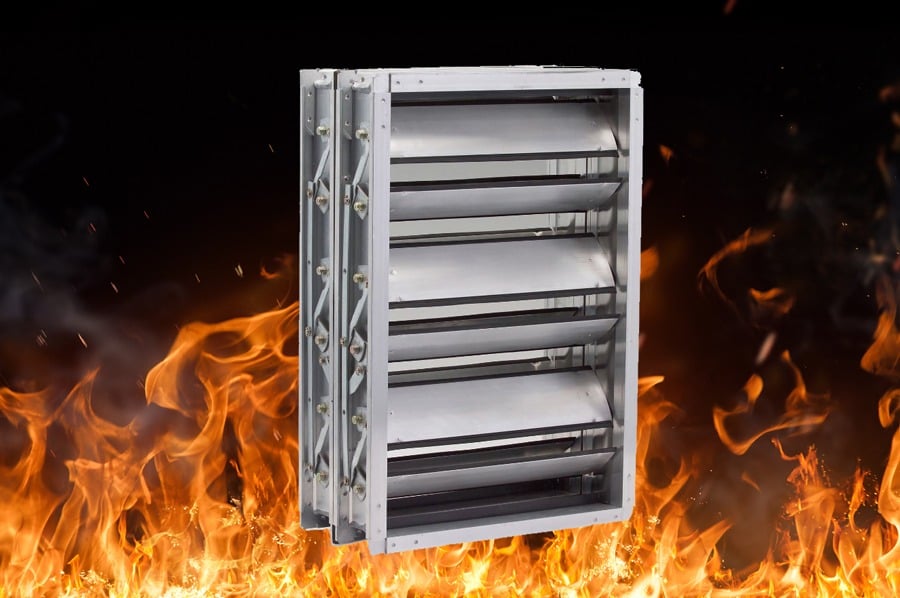Introduction to Testing and Balancing
Testing and balancing (TAB) is crucial in ensuring that existing buildings' HVAC systems operate efficiently and effectively. It involves measuring and adjusting the air and water flows within the HVAC systems to achieve the designed performance. The primary goal is to ensure that each system component delivers the correct amount of heating or cooling to maintain comfort and energy efficiency.
Basics of Existing System Balancing
Balancing an HVAC system involves several key steps:
- Pre-Survey: Before any modifications to the systems are made, a detailed survey of the existing system should be conducted. This includes inspecting all components, measuring current airflow and water flow rates, and identifying any discrepancies from the design specifications.
- Measurement: After system modifications are made, technicians use specialized instruments to measure the airflow in ducts and at diffusers, as well as the water flow in hydronic systems.
- Adjustment: Based on the measurements, technicians adjust dampers, valves, and other control devices to achieve the desired flow rates.
- Verification: After adjustments, the system is re-measured to verify that the correct balances have been achieved.
Benefits of Balancing
Properly balanced HVAC systems offer numerous benefits, including:
- Improved Comfort: Ensuring that each space receives the correct amount of heating or cooling improves occupant comfort.
- Energy Efficiency: Balanced systems use energy more efficiently, reducing utility costs.
- System Longevity: Proper balancing reduces the strain on HVAC components, extending their lifespan.
- Indoor Air Quality: Balanced airflow helps maintain proper ventilation and filtration, improving indoor air quality.
Special Considerations in Existing Buildings
Pre-Surveys and Phasing Issues
When dealing with existing buildings, several special considerations must be taken into account:
- Pre-Surveys: Conducting a thorough pre-survey is essential. This involves inspecting the entire system, identifying any issues, and understanding the building's current usage patterns. Pre-surveys help in creating a detailed plan for the balancing process.
- Phasing Issues: In many existing buildings, balancing must be done in phases to minimize disruption to occupants. This requires careful planning and coordination with building management to ensure that each phase is completed efficiently.
Phased Balancing: Detailed Approach
Phased balancing is a methodical approach that involves dividing the balancing process into manageable sections or phases. This is particularly useful in occupied buildings where minimizing disruption is critical. Here’s how phased balancing is performed:
- Phase Planning: The first step is to create a detailed plan that outlines the phases of the balancing process. This plan should take into consideration the building’s layout, occupancy schedules, and any potential obstacles. It is important to note that balancing phases may not match the architectural or mechanical phasing, as the systems can overlap between phased areas. Special planning between the TAB, General, and Mechanical contractor must be performed in these instances.
- Sectional Balancing: The building is divided into sections, and each section is balanced one at a time. This might involve balancing by floor, zone, or even by specific areas within zones.

- Initial Adjustments: In each phase, initial adjustments are made based on measurements taken during the pre-survey. Dampers, valves, and other controls are adjusted to achieve the desired flow rates.
- Verification: After adjustments, the section is re-measured to ensure that the correct balances have been achieved.
- Revisiting Previous Phases: One of the critical aspects of phased balancing is the need to revisit previous phases. Adjustments in one section can affect the balance in previously completed sections. Technicians must recheck and readjust these areas to maintain overall system balance.
- Final System Check: Once all phases are completed, a final check of the entire system is conducted to ensure that the overall balance is maintained.
Out-of-Contract Areas
An often overlooked aspect of existing systems is that balancing can affect areas beyond the original scope of work. For example:
- Airflow Redistribution: Adjustments in one part of the system can impact airflow in other areas. It is important to account for these changes to avoid creating new imbalances.
- Pressure Changes: Balancing can alter the pressure in ductwork, which might affect other parts of the HVAC system. Technicians must monitor and adjust pressure as needed.
Addressing Issues and Ensuring Optimal Performance
Common Issues in Existing Buildings
Existing buildings often present unique challenges during the balancing process:
- Dirty Air Systems and Reheat Coils: While it may be common sense to replace dirty filters, there could be hundreds of reheat coils in a facility. These reheat coils can also become dirty over time, restricting airflow. Cleaning these coils can significantly improve airflow dynamics, but it also requires re-evaluating the entire system.
- Stuck/Closed Dampers or Valves: In HVAC systems, valves and dampers can become closed, preventing proper flow adjustment. Identifying and repairing or replacing these is crucial.
- Dirty Water Systems and Strainers: Strainers in water systems can become clogged with debris, reducing flow rates. Regular cleaning or replacement of strainers is necessary to maintain proper balance.
- Control Issues: Antiquated systems can pose challenges due to do lack of controllability or responsiveness. In addition, dampers and valves can show open when they are not.
Importance of Ongoing Maintenance
Balancing is not a one-time task; ongoing maintenance is essential to ensure that the system remains balanced and operates efficiently. This includes:
- Regular Inspections: Scheduled inspections help identify any changes or issues that may affect balance.
- Cleaning and Repairs: Regular cleaning of coils, valves, and strainers, as well as timely repairs, keep the system
 operating smoothly.
operating smoothly. - Monitoring: Continuous monitoring of system performance helps detect imbalances early, allowing for prompt corrective action.
Impact on Energy Efficiency and Sustainability
Proper balancing contributes significantly to a building's energy efficiency and sustainability goals:
- Reduced Energy Consumption: Balanced systems operate more efficiently, reducing energy consumption and lowering utility bills.
- Sustainability: Efficient HVAC systems contribute to a building's overall sustainability, helping meet environmental goals and certifications.
Conclusion
Testing and balancing are essential for maintaining the performance and efficiency of HVAC systems in existing buildings. By understanding the basics, addressing special considerations, and committing to ongoing maintenance, building owners and managers can ensure that their systems provide optimal comfort, efficiency, and longevity.
When renovating, taking into account phasing, “NIC” areas, and performing pre-demo surveys are necessary. Investing in professional testing and balancing services early in the renovation process is a smart move for any building looking to enhance its HVAC system's performance and energy efficiency.




